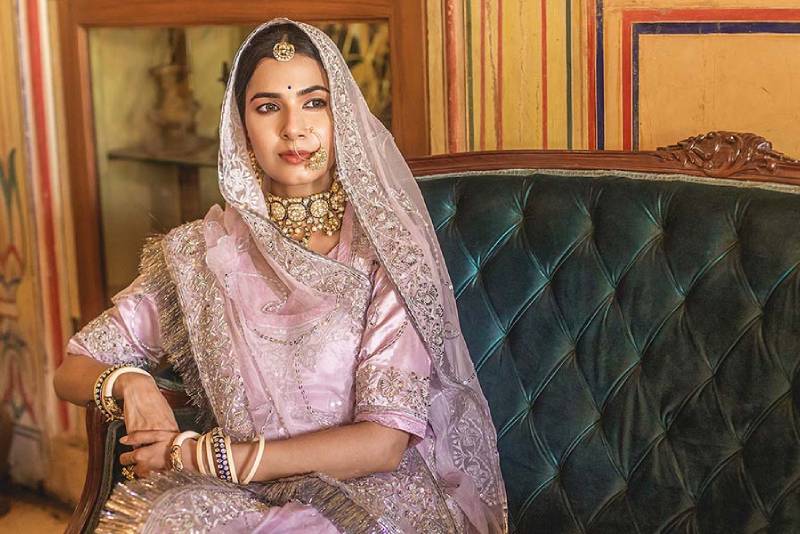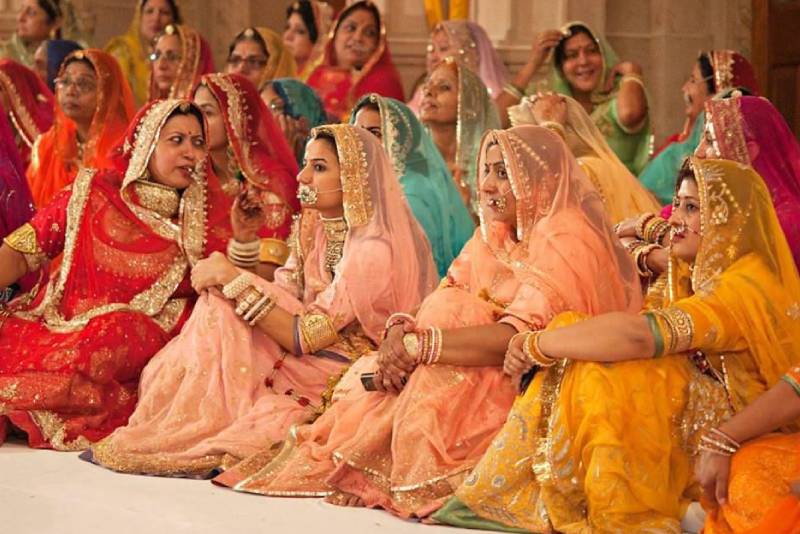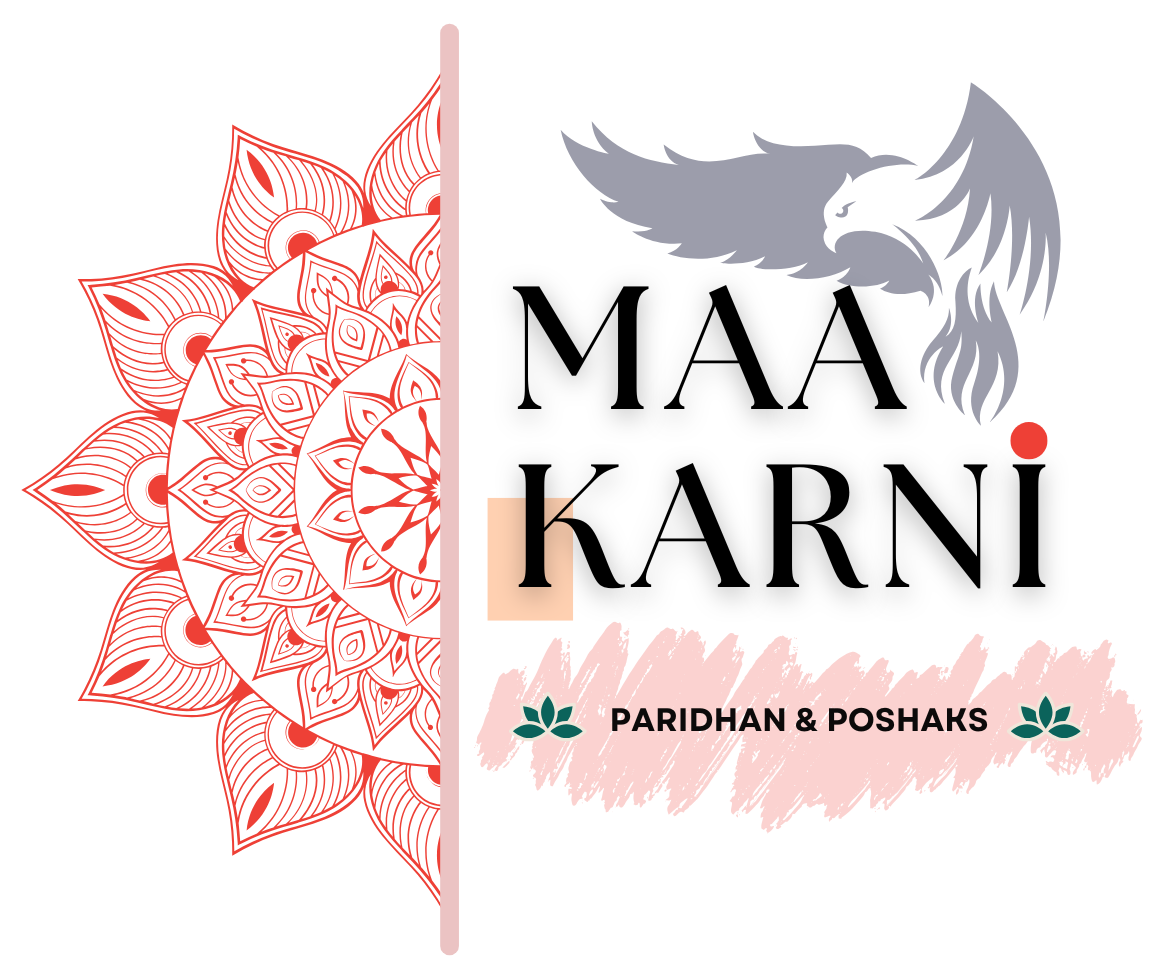Heritage and Artistry
Heritage and Artistry of Rajputi Poshak
The Rajputi Poshak stands as a proud testament to the grandeur and legacy of Rajasthan’s warrior clans. Rooted in the valorous history of the Rajputs, this traditional attire evolved over centuries, reflecting not only aesthetic beauty but also social stature, honor, and adherence to cultural codes.
Historically, the Rajputi Poshak dates back to the medieval period when the Rajput dynasties dominated the political and cultural landscape of Northern and Western India. The poshak, comprising the Kurti , Kanchali , Ghagra, and Odhani, was meticulously designed to suit both the harsh desert climate and the demands of royal life. It provided ease of movement while maintaining modesty, an essential value in Rajput culture.
Each Rajputi Poshak was a masterpiece of traditional craftsmanship. Artisans employed ancient techniques such as zardozi, gota patti, kundan work, and hand embroidery using real gold and silver threads. The fabrics—silk from Gujarat, cotton from Malwa, and fine chiffons imported via trade routes—were carefully chosen and often dyed using natural pigments, with tie-dye (bandhani) and leheriya patterns holding deep symbolic meanings associated with fertility, prosperity, and royal dignity.


The colors and motifs of the Rajputi Poshak also held significance. Maroons, reds, and oranges were favored for bridal wear, representing purity and valor, while softer pastels adorned the women during festivals and temple ceremonies. Motifs such as peacocks, lotus flowers, and royal insignias were embroidered to narrate the tales of lineage and divine blessings.
Beyond its visual splendor, the Rajputi Poshak embodied Maryada (dignity) and Veerangana (the spirit of female warriors). Rajput women, many of whom led armies and defended forts, wore poshaks that symbolized their indomitable spirit and unwavering loyalty to their clan and faith.
Today, the Rajputi Poshak continues to be a revered emblem of Rajasthan’s cultural and historical identity, preserving the unmatched artistry and noble traditions of the Rajput civilization.






